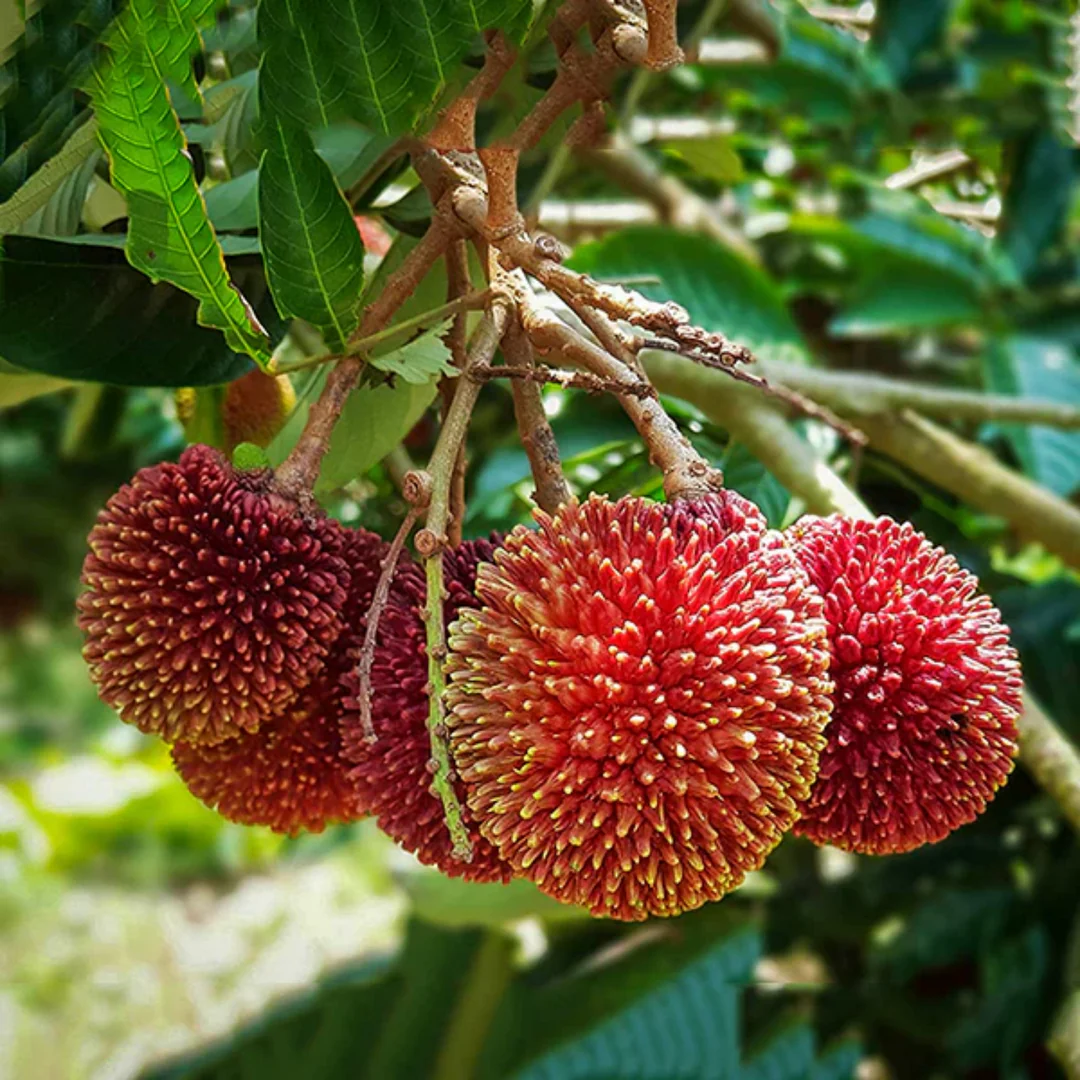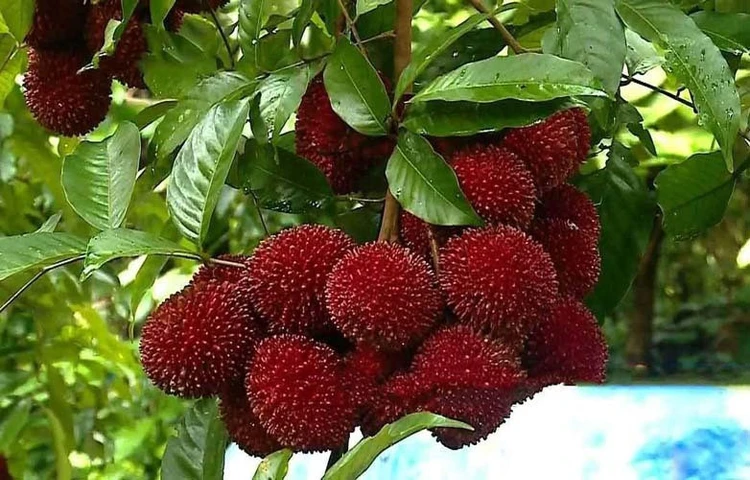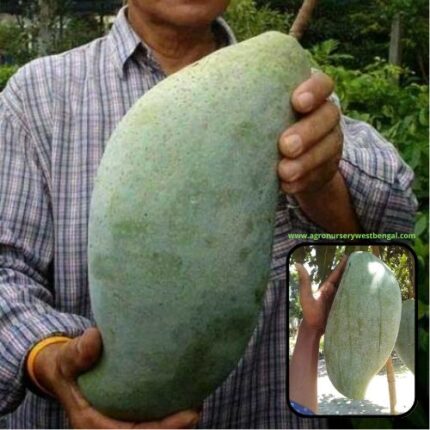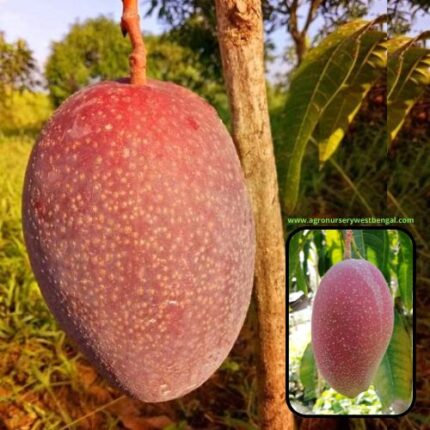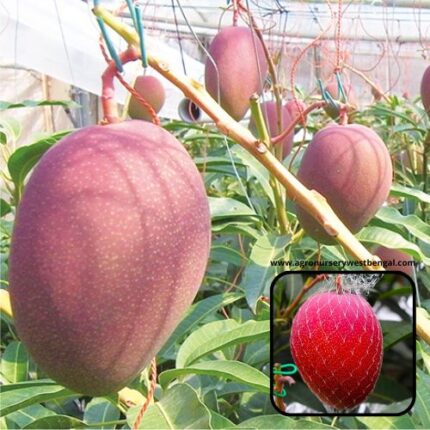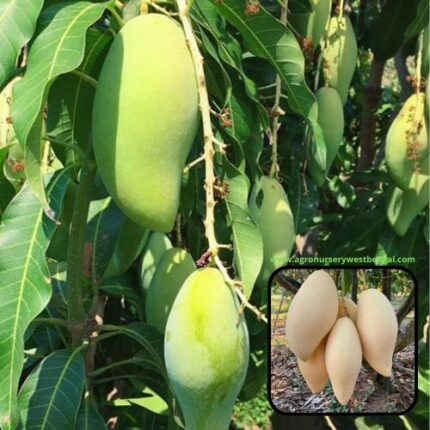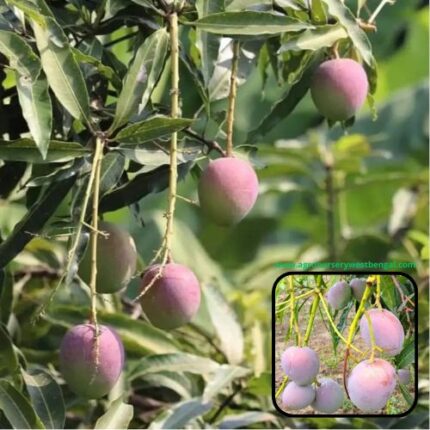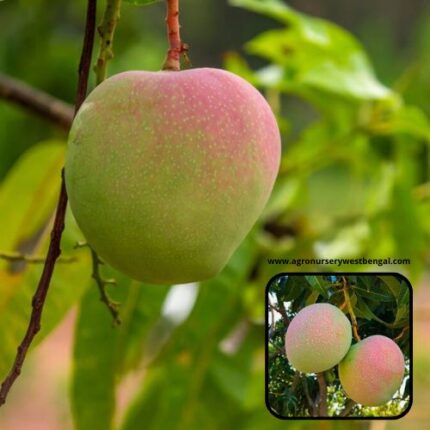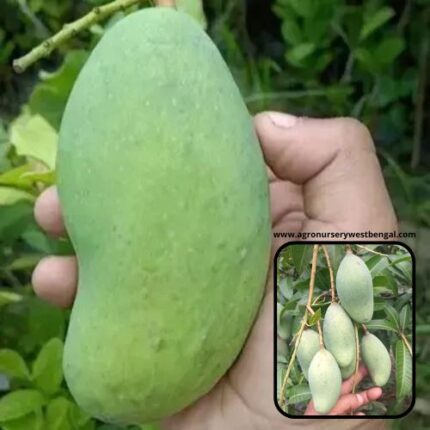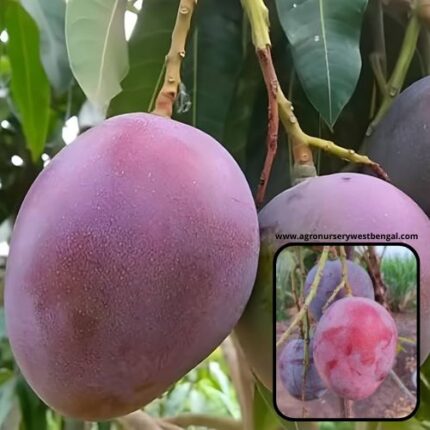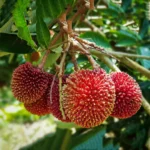

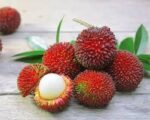
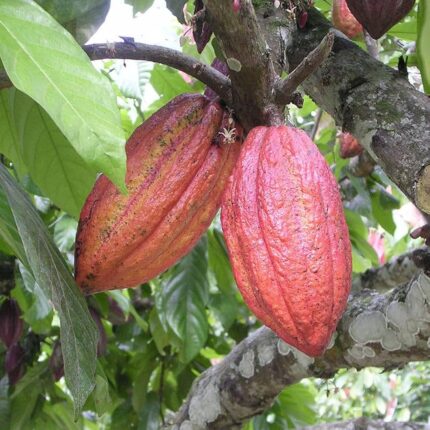
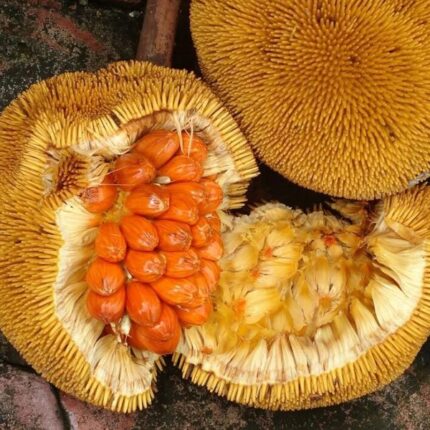
Pulasan fruit plant
₹2,999 Original price was: ₹2,999.₹1,999Current price is: ₹1,999.
The Pulasan (Nephelium ramboutan-ake), often confused with its more famous cousin, the rambutan, is a delightful tropical fruit belonging to the same soapberry family (Sapindaceae) as lychee and longan. Its name comes from the Malay word “pulas,” meaning “twist,” referring to the way the fruit is typically opened.
Here’s a detailed description of the Pulasan fruit:
Appearance:
- Shape and Size: Pulasan fruits are typically ovoid to subglobular (roundish), measuring about 5-7.5 cm (2-3 inches) in length. They are comparable in size to a small orange or a large lychee.
- Skin (Rind): The most distinguishing feature compared to a rambutan is its rind. While rambutan has long, soft, hairy spines, the pulasan has a thick, leathery rind covered with blunt-tipped, conical tubercles or short, fleshy, straight spines (up to 1 cm long). These spines are less hair-like and more rubbery or wart-like. The skin is usually dark red to reddish-purple when ripe, though some varieties can be yellow.
- Opening: The name “pulasan” is apt because the fruit is traditionally opened by twisting it with both hands, causing the rind to split.
- Flesh (Aril): Inside, the edible flesh (aril) is glistening white or yellowish-white, translucent, and relatively thick (up to 1 cm). It typically forms a single, large, juicy segment that envelops a single seed.
- Seed: The seed is ovoid, oblong, or ellipsoid, light brown, and somewhat flattened on one side. A significant advantage of pulasan over rambutan is that its flesh usually separates very easily from the seed, and the thin, grayish-brown seedcoat (testa) also separates readily from the seed. The seeds are also edible raw and have a flavor often described as almond-like.
Taste and Texture:
- Flavor Profile: Pulasan is generally considered sweeter and less acidic or tart than rambutan or lychee. Its taste is often described as purely sweet with subtle hints of citrus and honey. Some liken it to a blend of grape and pear with a touch of citrus. It has a delicate, refreshing flavor.
- Texture: The flesh is tender, juicy, and less watery than rambutan. It has a soft, almost custardy or jelly-like texture that melts in the mouth. It’s often described as less rubbery and less sticky than rambutan.
Tree and Growing Conditions:
- Tree: The Pulasan tree (Nephelium ramboutan-ake) is an evergreen, ornamental tree that can grow to a height of 10-15 meters (30-50 feet). It has a short trunk and brown, hairy branchlets when young.
- Leaves: The leaves are alternate and pinnate, with 2 to 5 pairs of leaflets.
- Climate: Pulasan is an ultra-tropical fruit that thrives in hot, humid climates with high annual rainfall and consistent temperatures. It is very sensitive to cold and frost, preferring elevations between 110-350 meters (360-1,150 feet).
- Origin: It is native to the Malay Peninsula and other parts of tropical Southeast Asia, including Indonesia (especially Java), Malaysia, Thailand, and the Philippines. While wild trees are infrequent, it’s widely cultivated in home gardens and orchards in these regions.
Uses and Nutritional Value:
- Fresh Consumption: Pulasan is predominantly enjoyed fresh, simply by twisting it open and scooping out the delicious aril.
- Culinary Uses: Its sweet and juicy flesh makes it suitable for fruit salads, desserts, smoothies, juices, jams, and jellies. The edible seeds can also be roasted or boiled and reportedly taste like almonds.
- Nutritional Benefits: Pulasan is a good source of:
- Vitamin C: An important antioxidant that supports the immune system.
- Dietary Fiber: Aids in digestion and can contribute to feelings of fullness.
- Minerals: Contains some potassium, calcium, and magnesium.
- Antioxidants: Like other tropical fruits, it contains beneficial antioxidants.
In summary, the Pulasan is a highly sought-after tropical fruit that stands out for its unique stubby “spines,” easy-to-separate sweet and juicy flesh, and edible seeds, offering a delightful and often preferred alternative to its rambutan relative

